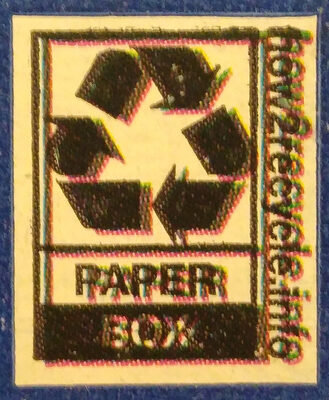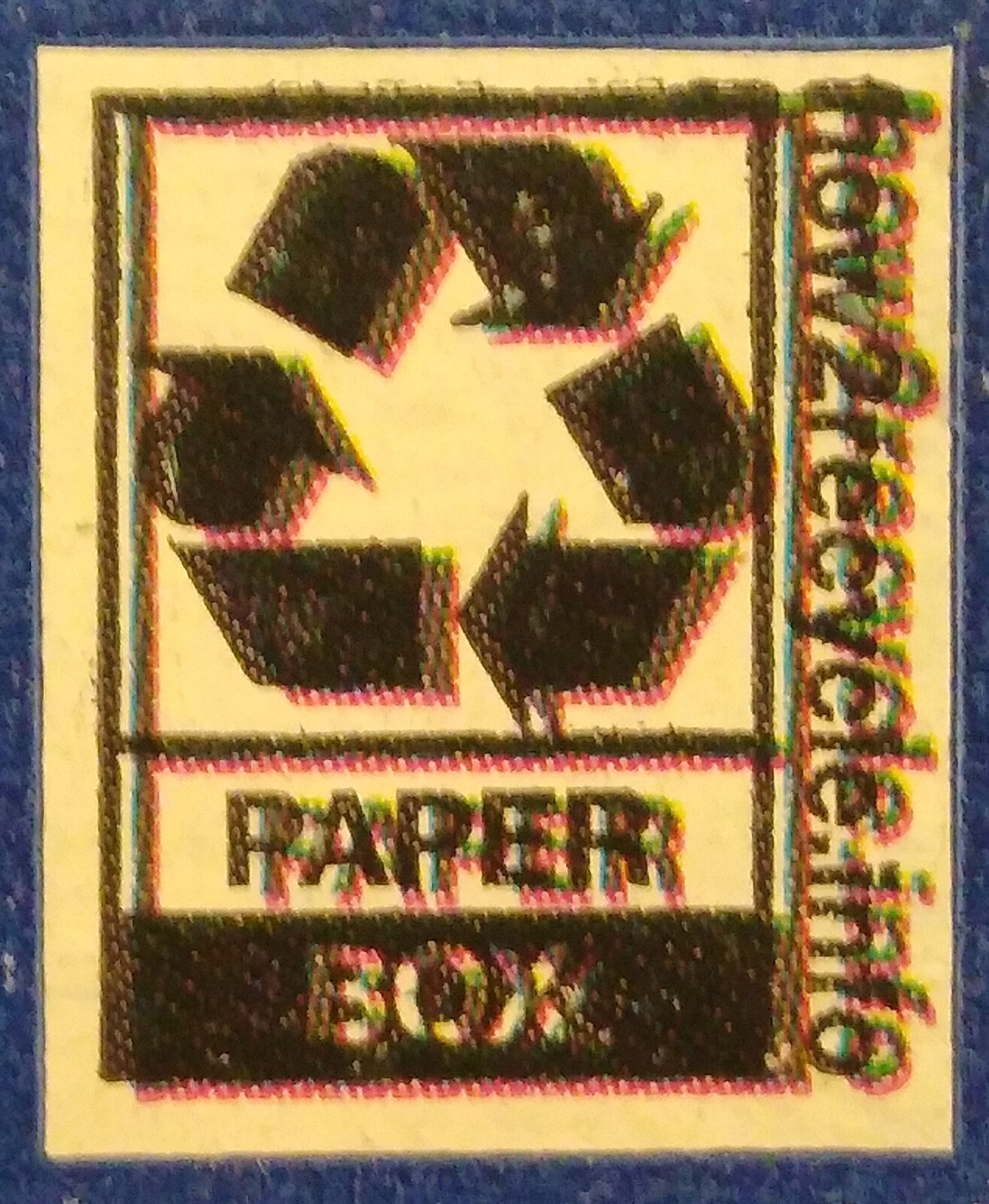Great Value Steel Wool Soap Pads - 10
This product page is not complete. You can help to complete it by editing it and adding more data from the photos we have, or by taking more photos using the app for Android or iPhone/iPad. Thank you!
×
Barcode: 0078742204666 (EAN / EAN-13) 078742204666 (UPC / UPC-A)
Quantity: 10
Packaging: Paper
Brands: Great Value
Categories: Soap
Manufacturing or processing places: USA
Stores: Walmart
Countries where sold: United States
Matching with your preferences
Report a problem
Data sources
Product added on by aoff
Last edit of product page on by teolemon.
Product page also edited by openfoodfacts-contributors, packbot.
If the data is incomplete or incorrect, you can complete or correct it by editing this page.








